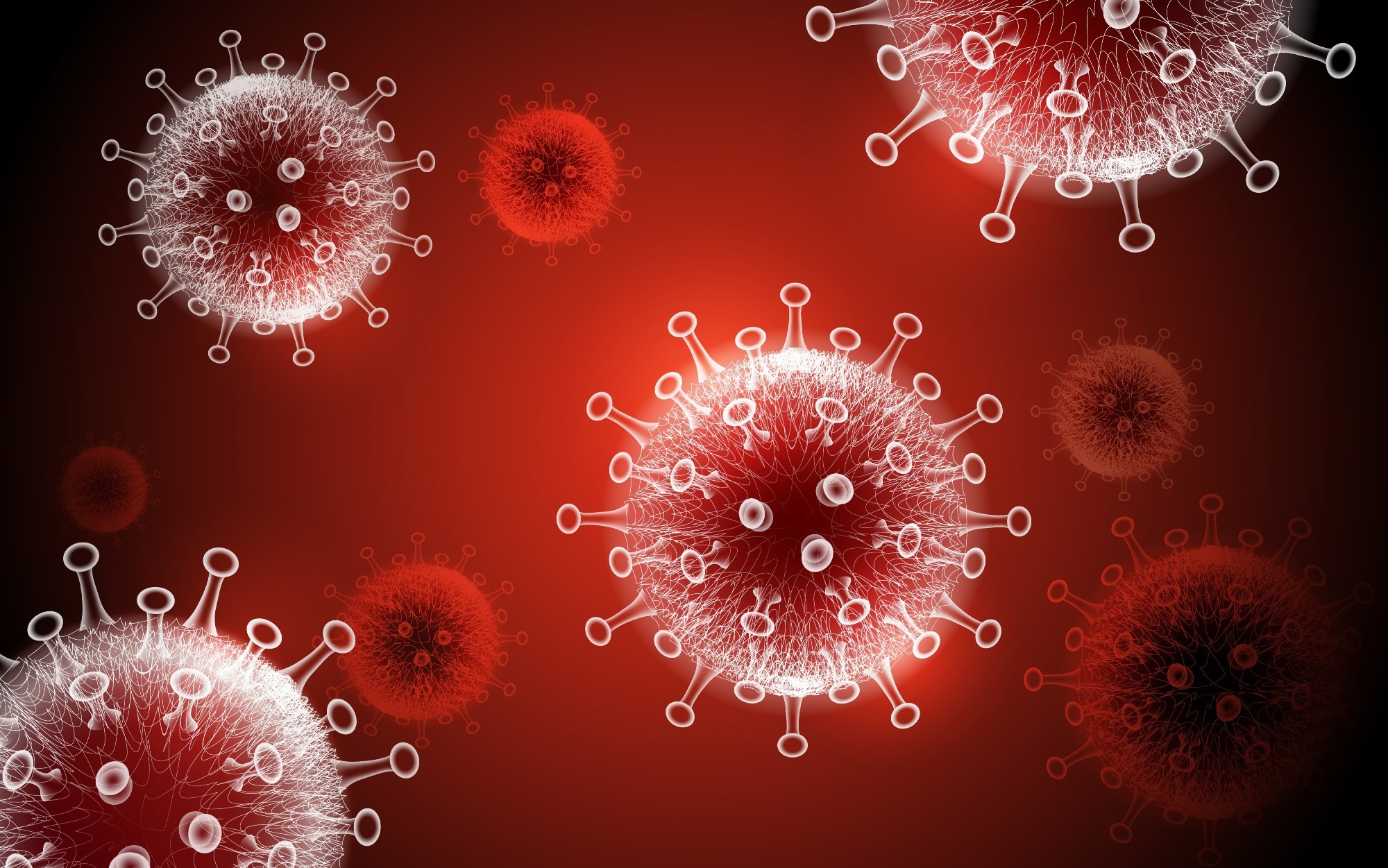In a recent study posted to the medRxiv* server, researchers identified distinguishing immune features of coronavirus disease 2019 (COVID-19) in patients with late-resolving pulmonary fibrosis (LR COVID-PF) and early-resolving (ER COVID-PF).
 Study: Reduction in circulating monocytes correlates with persistent post-COVID pulmonary fibrosis in multi-omic comparison of long-haul COVID and IPF. Image Credit: CKA/Shutterstock
Study: Reduction in circulating monocytes correlates with persistent post-COVID pulmonary fibrosis in multi-omic comparison of long-haul COVID and IPF. Image Credit: CKA/Shutterstock

 *Important notice: medRxiv publishes preliminary scientific reports that are not peer-reviewed and, therefore, should not be regarded as conclusive, guide clinical practice/health-related behavior, or treated as established information.
*Important notice: medRxiv publishes preliminary scientific reports that are not peer-reviewed and, therefore, should not be regarded as conclusive, guide clinical practice/health-related behavior, or treated as established information.
The researchers demonstrated that monocyte depletion is a distinguishing characteristic of severe COVID-19. Relative monocyte abundance, thus, could serve as an effective prognostic indicator for determining whether LR COVID-PF patients will have persistent pulmonary complications early in their disease course.
Background
Nearly 30% of COVID-19 patients suffer from early radiographic signs of pulmonary fibrosis (PF). Bilateral reticulation, traction bronchiectasis, and honeycombing change in peripheral and basilar distribution characterize developing PF. However, studies have barely investigated the mechanisms that provoke post-COVID-19 progressive PF. There is a crucial need for cellular and molecular biomarkers to identify patients at risk of post-COVID-19 PF.
About the study
In the present study, researchers collected blood samples of a unique cohort of 14 COVID-19 convalescent patients one-month after severe acute respiratory syndrome coronavirus 2 (SARS-CoV-2) infection. These patients had persistent fatigue, dyspnea, and early signs of PF observed via imaging and abnormal pulmonary function tests (PFTs).
During the six months follow-up time, symptoms, lung restriction, and PF improved in some patients but persisted in others. In this way, the study cohort clinically diverged to become ER COVID PF and LR COVID PF. Before these two cohorts clinically diverged to become ER COVID PF and LR COVID PF, the team analyzed their immune cell composition and gene expression. They used age-matched Idiopathic Pulmonary Fibrosis (IPF) patients without respiratory disease as controls and matched their peripheral immune signatures with that of the study cohort.
They performed single-cell RNA-sequencing (sc-RNAseq) and multiplex immunostaining on peripheral blood mononuclear cells (PBMCs) collected at the COVID-19 patients’ first visit after intensive care unit (ICU) discharge. The team processed six ER COVID PF, five LR COVID PF, and one IPF sample for sc-RNA-seq. Likewise, they immunostained and quantified six ER COVID-PF, seven LR COVID-PF, and five IPF samples.
Study findings
One of the first important study observations was that the circulating monocytes reduced markedly in LR COVID PF patients compared to ER COVID PF and non-diseased IPF controls. In addition, the cluster of differentiation (CD)8+ T cells of LR COVID PF patients upregulated the expression of major histocompatibility class II (MHC-II) molecules. Conversely, they downregulated their monocyte abundance, as observed during the differential gene expression (DEG) analysis. IPF patients also exhibited a similar reduction in monocyte abundance and human leukocyte antigen DR isotype (HLA-DR) protein expression in monocytes compared to LR COVID PF patients.
The researchers noted a correlation between monocyte abundance and findings of the pulmonary function tests, including forced vital capacity (FVC) and diffusing capacity of the lungs for carbon monoxide (DLCO). CD16+ monocytes express more HLA-DR than CD14+ monocytes; therefore, reductions in HLA-DR+ CD14+ monocytes suggest mobilization of immature monocytes from the bone marrow for emergency myelopoiesis. Indeed, this could serve as a marker of severe COVID-19. Similarly, loss of HLA-DR on monocytes is an established marker of immunosuppression. Together, these findings suggested the dampening of antigen-mediated stimulation and inhibition of antigen-specific T cell responses, a phenotype previously associated with severe respiratory failure. The researchers also argued that the T cell response in LR COVID PF patients polarized toward an effector or memory phenotype rather than a naïve state.
Most importantly, low HLA-DR expression more than one-month post-infection in the LR COVID PF cohort indicated poor recovery. On the contrary, ER COVID PF maintained or recovered HLA-DR expression. Since HLA-DR expression was decreased exclusively on CD16+ monocytes in IPF patients, it raised questions regarding the mechanisms which govern HLA-DR expression in monocytes. In IPF patients, this could indicate immune paresis, while in COVID PF, enhanced migration of monocytes to the lung might be responsible for evoking emergency myelopoiesis and eventually a state of exhaustion. Nevertheless, future studies should carefully review monocyte dysfunction in PF to find which monocyte subpopulations are affected.
Conclusions
The current study demonstrated that circulating monocyte abundance could help distinguish whose post-COVID-19 PF would resolve or persist. However, further longitudinal studies should critically evaluate the disease course in patients with post-COVID-19 PF. More importantly, the observation that LR COVID-19 PF patients systemically depleted monocytes or recruited them to the lung or other tissues presents an opportunity to investigate whether inhibiting monocyte recruitment could serve as a method to improve recovery from post-COVID-19 PF.

 *Important notice: medRxiv publishes preliminary scientific reports that are not peer-reviewed and, therefore, should not be regarded as conclusive, guide clinical practice/health-related behavior, or treated as established information.
*Important notice: medRxiv publishes preliminary scientific reports that are not peer-reviewed and, therefore, should not be regarded as conclusive, guide clinical practice/health-related behavior, or treated as established information.